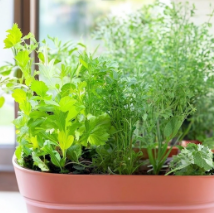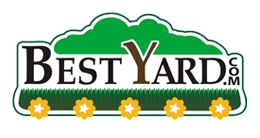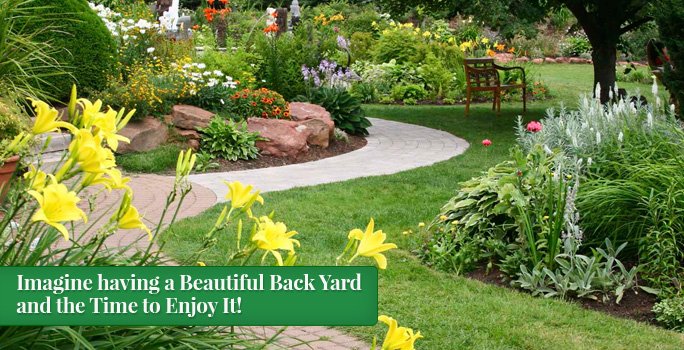
The cold winds of winter may have ended your outdoor gardening adventures. But you don’t need to bid adieu to your beloved green thumb. This fall and winter, why not embark on an exciting journey into indoor herb gardening?
With the right conditions, a windowsill herb garden can be a delightful and rewarding experience, requiring minimal time and effort. All you need is a sunny spot, and you’ll have the opportunity to cultivate an herb garden that provides fresh flavors to enhance your meals throughout the chilly months.
Let’s delve into the basics of creating and nurturing an indoor herb garden, so you can enjoy a thriving mini-Eden in your home.
- Light
Herbs thrive on light, so one of the critical factors for success in indoor herb gardening is providing the right amount of sunlight.
To ensure the best possible growth, position your herb plants in a spot where they will receive full and direct sunlight for at least six hours each day. This requirement is vital for their photosynthesis and overall health.
- Watering
Proper watering is crucial in maintaining the well-being of your indoor herbs. Most herbs prefer soil that is consistently moist but well-drained to prevent root rot. Be cautious about watering your container herbs appropriately, which can lead to this undesirable condition. To avoid such issues, use containers with adequate drainage holes and always check the soil’s moisture level before watering. When you do water, remember to apply it at the base of the Plant rather than on top to prevent waterlogging.
- Containers
The choice of containers can significantly impact the success of your indoor herb garden. Different types of containers have unique characteristics that you should be aware of. Clay pots, for example, promote excellent air circulation around the roots, but they tend to dry out faster and may require more frequent watering. In contrast, glazed ceramic pots have a more limited air circulation but are excellent at retaining moisture. Understanding the properties of your chosen container will help you manage your watering schedule effectively.
Herbs to Consider
Now that you have the basic principles in mind, let’s explore some herb varieties that are well-suited for indoor gardening:
- Chives
Chives are perfect candidates for container gardening, and they can be easily moved between indoor and outdoor settings with the changing seasons. To ensure their well-being, make sure the soil is not consistently wet. When harvesting, always pick the leaves from the outer part of the plant to encourage continuous growth.
- Dill
Dill is often best started from seeds because it doesn’t transplant well. As your dill plants mature, thin the seedlings to prevent overcrowding. This will help each plant develop more effectively.
- Parsley
Parsley is another herb that thrives when grown indoors. To prolong its growth, harvest small amounts at a time and trim back any flowers as soon as they appear. Remember that parsley leaves lose their flavor after the plant has bloomed.
- Cilantro
If you have a spacious window box for growing herbs, consider planting dill, cilantro and parsley together, as they share similar water requirements. This approach makes it easier to manage their care. When spring arrives, you can continue growing them in Containers or transplant them into your outdoor garden.
In conclusion
The winter season doesn’t have to mean the end of your gardening endeavors. With proper care and attention, you can nurture a thriving indoor herb garden that not only adds a touch of greenery to your home but also provides a fresh and flavorful addition to your culinary creations. So, why wait? Get started on your indoor herb garden journey today, and let the aroma and taste of fresh herbs enrich your winter days.
Click “DO IT FOR ME” to request a FREE quote.

Source: customer-service@bestyard.com in collaboration with Associated Landscape Contractors of Colorado
















